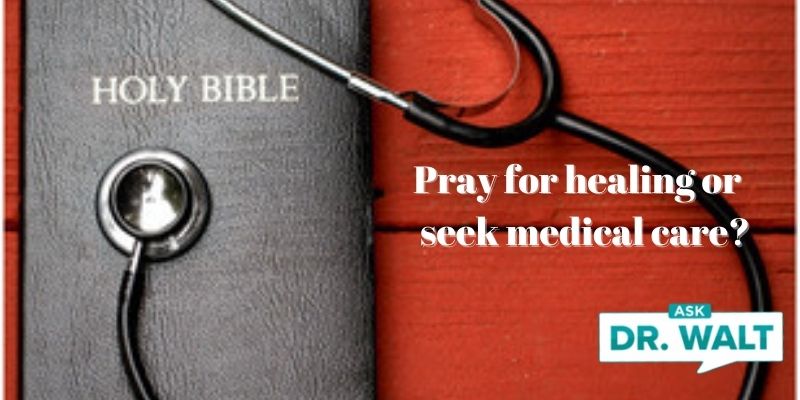New Guidelines for Antidepressants
December 27, 2010Eating monounsaturated fats boosts heart health
December 27, 2010With the news that CT scans — or computerized tomography — can prevent lung cancer deaths, smokers and ex-smokers may wonder whether they should ask for a screening. USA TODAY did a nice job in asking experts for their advice:
Q: How could a lung cancer screening help save lives?
A: Like a mammogram, CT scans can find tumors when they’re small and potentially curable, says the National Cancer Institute (NCI), which funded the $250 million study. Today, most lung cancers aren’t found until people develop symptoms, such as a coughing or shortness of breath. At that point, the cancers are usually incurable.
Q: Should everyone get a lung cancer screening?
A: No. There is a risk of harm associated with the scans, so a patient’s benefits must outweigh the risks.
Q: What study is this all referring to?
A: STUDY: CT scans can reduce lung cancer deaths by 20%. The study only included people at high risk of lung cancer — those ages 55 to 74 who were current or former heavy smokers, says Otis Brawley, chief medical officer of the American Cancer Society, who wasn’t involved in the trial. Everyone in the study had smoked the equivalent of one pack a day for 30 years.
It’s not known whether screenings might help light smokers or those who’ve never smoked, Brawley says.
Q: Are screening CT scans safe?
A: That depends on the patient, Brawley says. For people at high risk of lung cancer, like those in the study, the benefits outweigh the risks. Screening for lung cancer with CT scans reduced lung cancer deaths by 20% during the eight-year study, and cut overall deaths by 7%.
Even so, CT scans still have their risks.
First, they expose patients to radiation, which can itself cause lung cancer, especially in people who have already damaged their cells through smoking, says David Brenner, a professor at Columbia University not involved in the trial.
CT screenings also cause a lot of “false alarms,” in which patients are needlessly worried because of suspicious results on a scan, Brawley says. In the study, about 25% of patients screened with CT scans needed some sort of follow-up, says Harold Varmus, director of the NCI.
In some cases, patients simply had a second scan. But in others, patients needed invasive tests to rule out cancer. Removing a chunk of lung tissue for a biopsy is risky and can be painful, the NCI says. Biopsies can cause collapsed lungs, bleeding and infection.
Some patients with suspicious CT results need a larger operation, in which surgeons open the chest, the NCI says. The operation can cause nerve damage and is especially risky in people with heart conditions or other ailments that are common in older smokers and ex-smokers.
CT scans may detect slow-growing lung tumors that would have never posed a threat, Varmus says.
And CT scans can find lumps and bumps outside the lungs that, on closer inspection, turn out to be harmless, the institute says.
Q: What are radiation’s risks?
A: If half of the USA’s 36 million current and former smokers ages 50 to 74 were to get annual CT screenings until age 75, radiation-related cancers could kill up to 94,000 people, Brenner says. But the screenings could be expected to prevent 380,000 deaths from lung cancer, he says.
The CT scans used in the study provide about 3 millisieverts of radiation, says Denise Aberle, a leader of the study. That’s about the same as from a mammogram.
Q: Can people sign up to get one of these scans today?
A: Maybe. Most hospitals can perform screenings with CT scans, says Bruce Johnson of Boston’s Dana-Farber Cancer Institute.
Although insurance plans don’t pay for lung cancer screening, some people might choose to pay the $300 out-of-pocket cost, Varmus says. Insurance plans generally do pay for diagnostic CT scans, which are used when patients already have other signs of lung cancer.
Johnson notes that screening for lung cancer involves more than one procedure. Hospitals need to be prepared to follow up on patients with suspicious results, performing more tests to confirm or rule out cancer.


